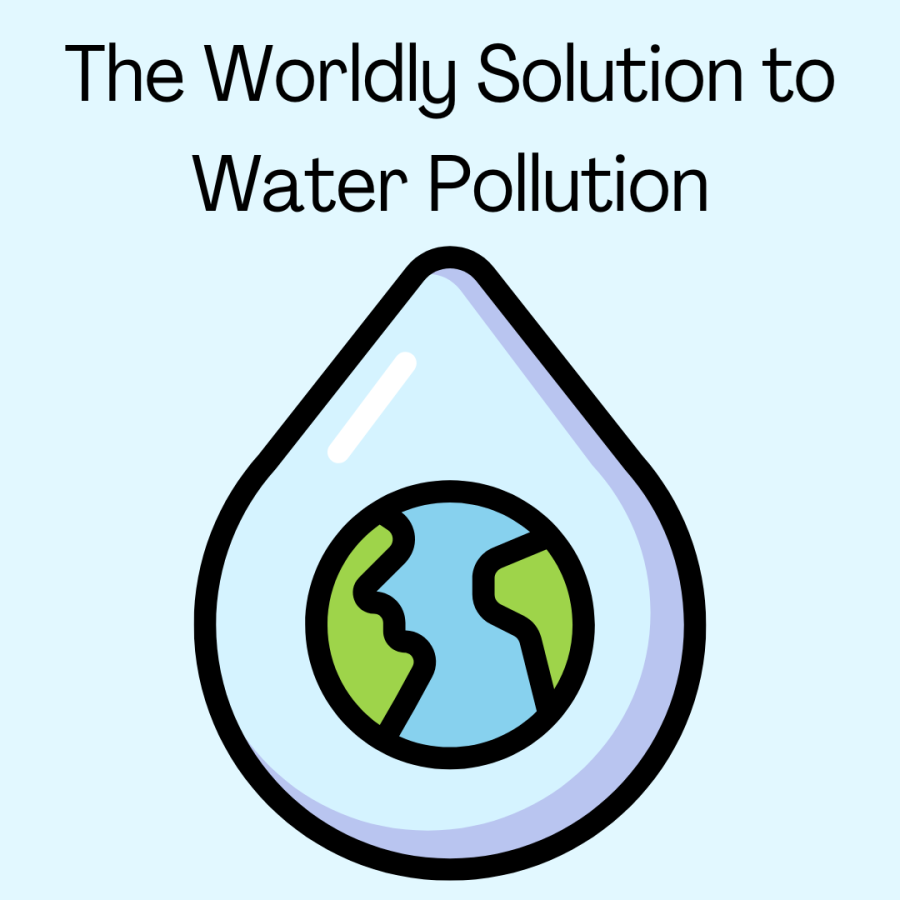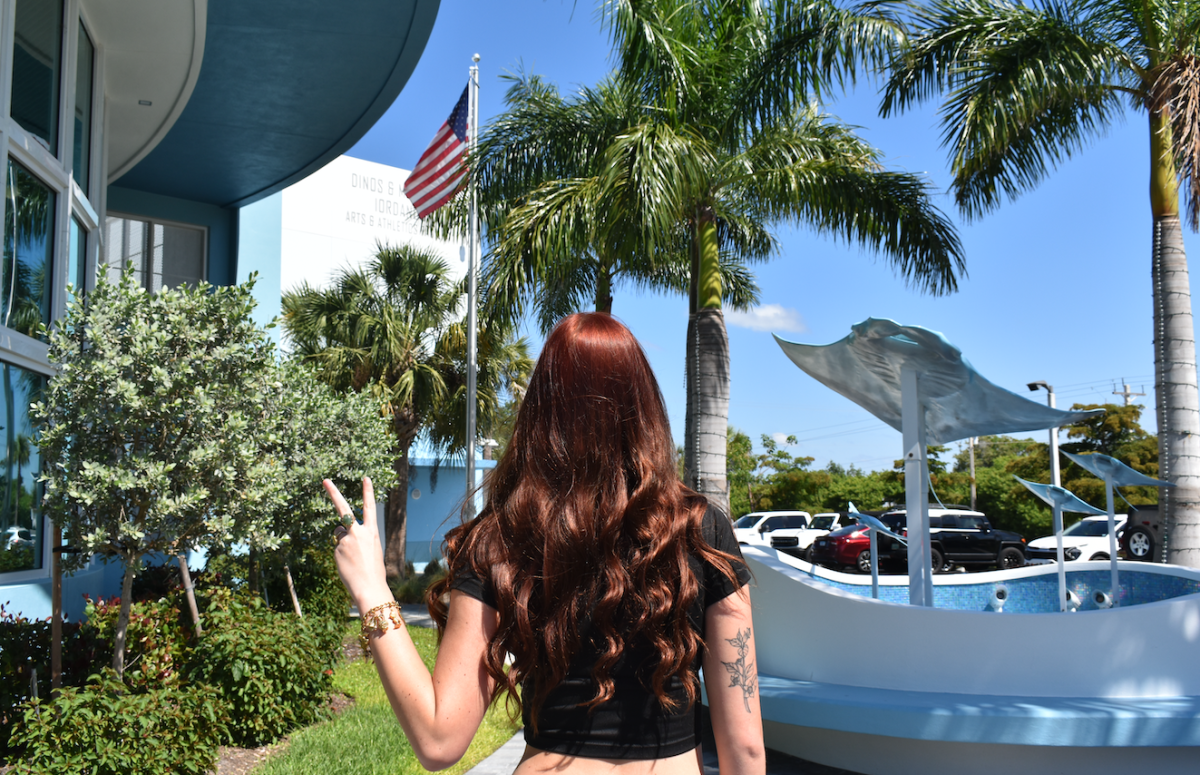The Worldly Solution to Water Pollution
October 6, 2022
In recent years water pollution has been an epidemic to the health of the environment, causing a variety of different predicaments. An increasing number of people think of water pollution as killing animals and harming plants. These people are incorrect in thinking man-made that damages the environment or increases the risk of damage is counted as water pollution.
USA
The United States has a massive issue with every different type of company creating water pollution, they’ve suffered with this issue for decades. Agricultural companies have been in the hotspot for years. Croplands alone have caused almost 40% of nitrogen pollution and 30% of phosphorus in the United States as of the 2000s. Around half of the lakes in America are eutrophic, this means that a body of water is filled with too many nutrients which creates a large amount of plants that causes higher decomposition that can kill animals. This has caused parts of Europe and America to control nitrogen fertilizers starting in 2006.
“About 37 percent of the 436 species listed in the Endangered Species Information System database are imperiled at least in part by irrigation and the use of pesticides.”
— Robert W Alder

In the United States they have an act known as the Clean Water Act, officially known as the Federal Water Control Amendments of 1972. This act causes people who partake in activities that can cause pollution to be required to have a permit with in depth limitations on the amount of pollution a person can discharge into an environment. The act is enforced by heavy civil punishments and in extreme cases criminal penalties can happen. States are able to implement and enforce this act and the permits are received by the state government and their environmental groups. States, such as Florida, have been slow to enact this law.
England
England has spent 500 million pounds, which is around 678 million United State dollars, in 2003-2004 in order to clean-up agricultural water pollution. This was 40% of total water pollution costs in England. To put this in perspective, England is around the size of the U.S state Oregon.

However, England is not suffering from lack of trying; they have enacted multiple acts to squash the issue and have been unsuccessful, one of these is the Control of Pollution Act of 1974. Section I of this act discusses water pollution, this formed the Northumbrian River Authority, the NRA, this river covers 9,274 square kilometers. However, In 1980 only 50% of the samples collected were up to the ideal standard.
Japan
Japan is a nation surrounded by water, they have many different problems around water pollution. This can be seen in their eelgrass population, which is decreasing because of extreme sedimentation build up of fertilizers and other pollutants which prevents photosynthesis.

The Factory Pollution Ordinance was enacted in 1949 by the Tokyo city government. This act was followed by the pollution control ordinances by Kanagawa and Osaka. Japan is split into 47 prefectures similar to how the U.S has states. They were made to help control the waste being discharged by businesses and industrial plants. Japan also has a variety of other laws in order to protect water quality; some of these are the River Law, the Public Cleaning Law, and the Mine and Safety Law. The Water Quality Conservation Law was put in place during 1958 in order to help organize the control of water pollution.








